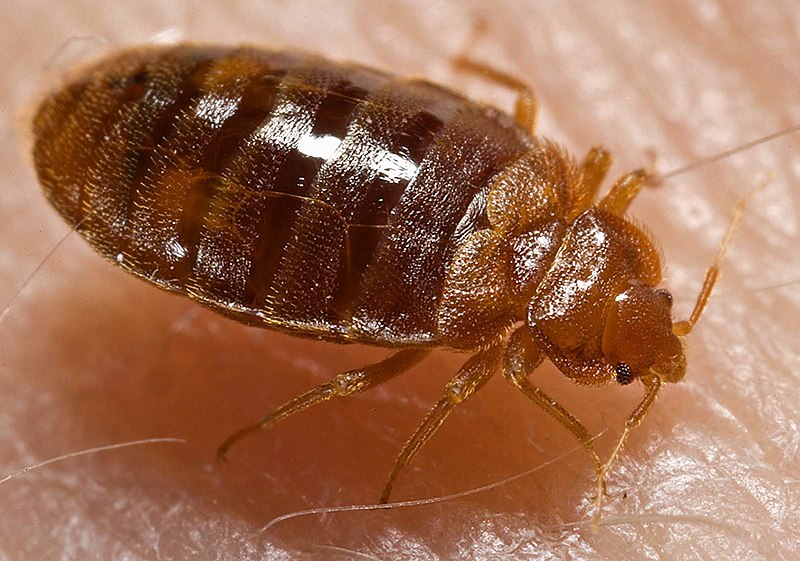Файл:Bed bug, Cimex lectularius.jpg

Размер на този преглед: 800 × 561 пиксела. Други разделителни способности: 320 × 224 пиксела | 640 × 449 пиксела | 1024 × 718 пиксела | 1280 × 898 пиксела | 1600 × 1122 пиксела.
Оригинален файл (1600 × 1122 пиксела, големина на файла: 161 КБ, MIME-тип: image/jpeg)
История на файла
Избирането на дата/час ще покаже как е изглеждал файлът към онзи момент.
| Дата/Час | Миникартинка | Размер | Потребител | Коментар | |
|---|---|---|---|---|---|
| текуща | 14:11, 17 май 2007 |  | 1600 × 1122 (161 КБ) | Patho | == Summary == {{Information |Description=ID#: 9822 Description: This 2006 photograph depicted an oblique-dorsal view of a '''bed bug nymph, Cimex lectularius''', as it was in the process of ingesting a blood meal from the arm of a “voluntary” human h |
Използване на файла
Следните 3 страници използват следния файл:
Глобално използване на файл
Този файл се използва от следните други уикита:
- Употреба в af.wikipedia.org
- Употреба в an.wikipedia.org
- Употреба в ar.wikipedia.org
- Употреба в arz.wikipedia.org
- Употреба в ast.wikipedia.org
- Употреба в azb.wikipedia.org
- Употреба в be.wikipedia.org
- Употреба в bjn.wikipedia.org
- Употреба в bn.wikipedia.org
- Употреба в bs.wikipedia.org
- Употреба в ca.wikipedia.org
- Употреба в ca.wiktionary.org
- Употреба в ceb.wikipedia.org
- Употреба в cs.wikipedia.org
- Употреба в cv.wikipedia.org
- Употреба в dag.wikipedia.org
- Употреба в de.wikibooks.org
- Употреба в din.wikipedia.org
- Употреба в el.wikipedia.org
- Употреба в eml.wikipedia.org
- Употреба в en.wikipedia.org
- Употреба в en.wikinews.org
- Употреба в en.wiktionary.org
Преглед на глобалната употреба на файла.


